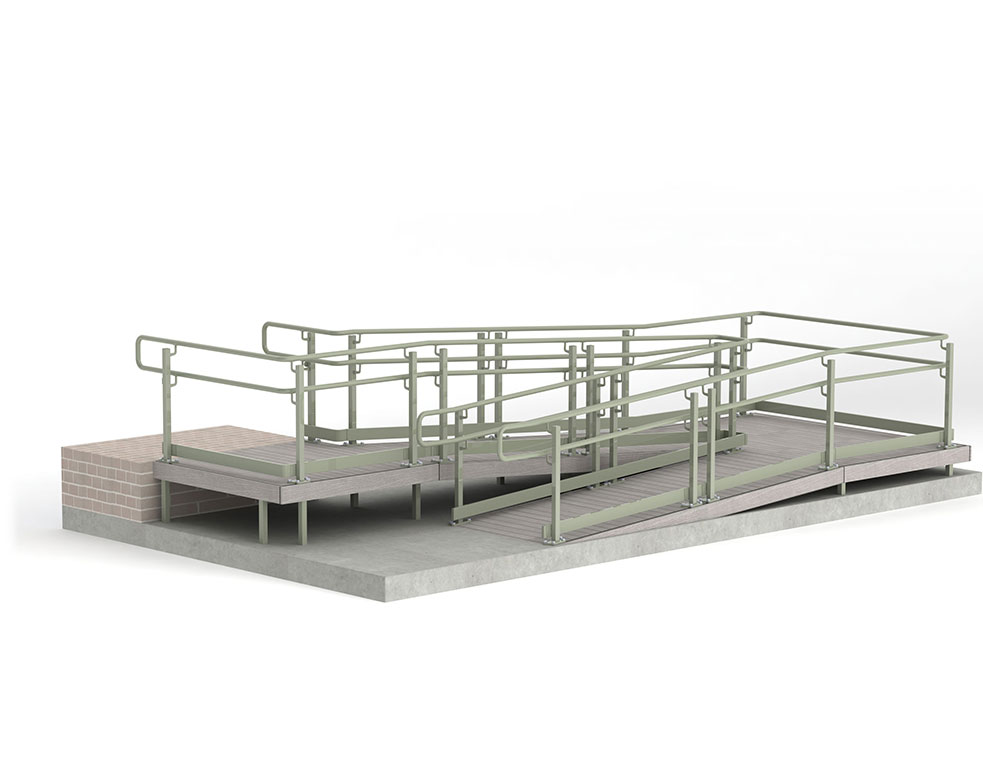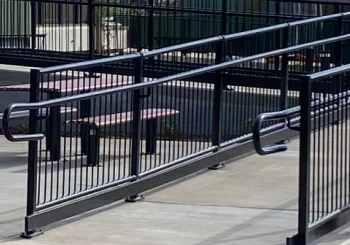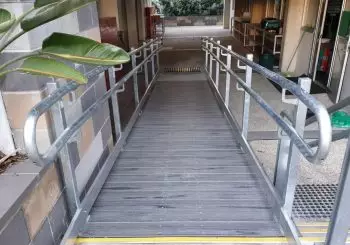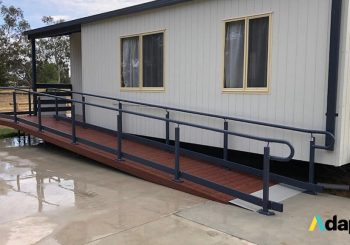Accessibility ramps are generally used in two types of locations: residential and commercial. Their main purpose is to help individuals with mobility issues access places they want to visit, such as certain sections of a house or an establishment that’s open to the public.
Although both have similar general designs, ramps used in these settings have slight differences. In this article, we’ll cover the basic nature of residential and commercial accessibility ramps and how they differ from one another.
Residential Ramps
As its name suggests, a residential ramp is mainly used in the home. It allows loved ones and guests with mobility problems to access certain areas that have steps or stairs. Depending on its placement and the height of the plane that it crosses, a residential ramp can come in various types.
For instance, outdoor ramps or those leading up to a porch or a house’s main entrance are usually made from sturdy materials that can withstand outdoor conditions, such as rain and snow. They are usually large structures and can be modular or permanent installations in a home.
Lightweight folding ramps are also commonly used in residential settings. These types of ramps are designed to cross small thresholds, such as doorways, kerbs, and steps. Due to their compact and foldable design, they can be easily relocated to different parts of a house.
Commercial Ramps
On the other hand, commercial ramps are used in areas that are widely used by the public, such as schools, offices, government buildings, shops, and banks. Due to the number of people expected to use these ramps in these settings on a daily basis, commercial ramps tend to be sturdier than their residential counterparts.
Also, since they provide access to the public, commercial ramps are required to follow the guidelines set by the Australian Standards and the Disability Discrimination Act. As required by the law, ramps that are over 1,900 millimetres long should have a maximum slope of 1:14. Steeper ramps are required to have non-slip surfaces.
Commercial disability ramps should also have handrails that are about 1,000 millimetres from each other to accommodate standard wheelchairs and other mobility aids. These features help ensure that the ramps can be safely and easily used by individuals with disabilities.
Like residential ramps, commercial ramps can also be installed outdoors, which means they are also made from sturdy materials such as aluminium and hardwood.
Whether you’re planning on installing a residential or commercial wheelchair ramp, make sure to get in touch with a professional and reliable ramp builder, such as Adapta. In addition to ensuring that the ramp complies with local laws and building codes, Adapta can help you design and build a ramp that perfectly goes well with the layout of your available space. More importantly, the ramps are well-built and made from durable materials, which means they can last for a long time and can be used by anyone.




